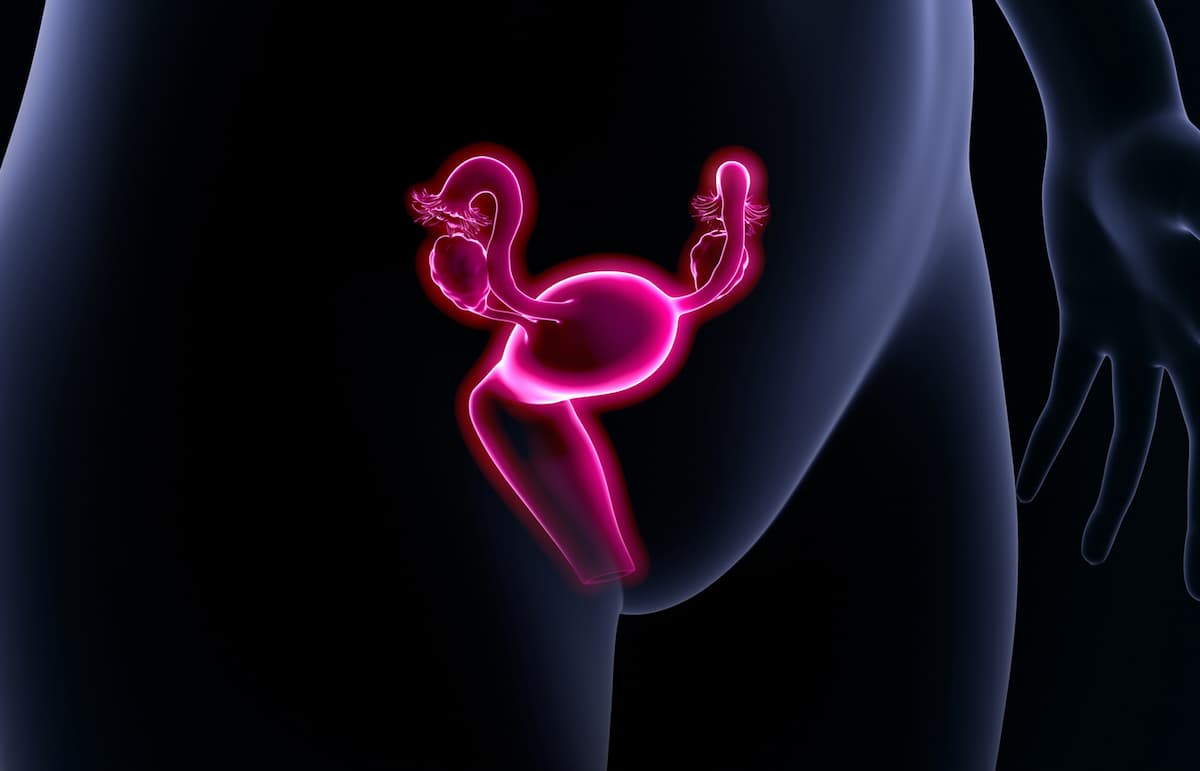Immunotherapy Sustains Responses in Radiated Endometrial/Cervical Cancer
Patients who had recurrence in the radiation field experienced similar responses vs those with recurrence outside the radiation field.
Patients who had recurrence in the radiation field experienced similar responses vs those with recurrence outside the radiation field.

Immunotherapy (IO) elicited similar efficacy between patients with endometrial or cervical cancers who recurred within the radiated field vs those who recurred outside of the radiated field, according to findings from a poster presented at the 2025 Society of Gynecologic Oncology Annual Meeting on Women’s Cancer (SGO).
Results from the trial revealed that patients with endometrial or cervical cancers and recurrence in the radiation field experienced similar IO responses, progression-free survival (PFS; endometrial cancer, P = .17; cervical cancer; P = .36), and overall survival (OS) vs those with recurrence outside the radiation field.
Among patients with endometrial cancer characterized as either having recurred in the radiated field (n = 9), having recurred inside and outside of the radiated field (n = 42), or having recurred outside the radiated field (n = 24), complete responses (CRs) occurred in 4 (44.4%), 5 (20.8%), and 10 (25.6%) patients, respectively (P = .58). Additionally, in the respective groups, a partial response (PR) was the best response in 2 (22.2%), 6 (25.0%), and 10 (25.6%) patients, and stable disease was the best response in 0, 7 (29.2%), and 6 (15.4%) patients, respectively. Progressive disease or unknown outcomes occurred in 3 (33%), 6 (25.0%), and 13 (33.3%) patients, respectively.
Additionally, among patients with cervical cancer characterized as either having recurred in the radiated field (n = 12), having recurred inside and outside of the radiated field (n = 21), or having recurred outside the radiated field (n = 26), CRs occurred in 2 (16.7%), 6 (24.0%), and 2 (10.0%) patients, respectively (P = .31). A PR was the best response in 3 (25.0%), 5 (20.0%), and 3 (15.0%) patients, and stable disease was the best response in 5 (41.7%), 3 (12.0%), and 6 (30.0%) patients, respectively. Two (16.7%), 11 (44.0%), and 9 (45.0%) patients in each respective group experienced disease progression or did not have data available for analysis.
“Unlike chemotherapy, which has lower efficacy in a previously [radiated field], IO has shown to remain effective in our radiated [endometrial cancer] and [cervical cancer] cohort,” Julia Chalif, MD, resident of Obstetrics and Gynecology at the Cleveland Clinic Foundation of The Ohio State University Wexner Medical School, concluded in the presentation with study coinvestigators.1 “There were no significant differences in IO response, PFS, and OS in patients with [endometrial cancer] and [cervical cancer] who [experienced recurrence] in a radiated field compared to outside of the radiated field.”
The study aimed to evaluate the oncologic responses and survival outcomes of patients with endometrial or cervical cancers treated with IO following recurrence in the radiated field in response to limited data regarding IO response within the radiated field of gynecologic cancers. Historical studies demonstrated poor chemotherapy response in patients with previously radiated gynecologic cancers.
Investigators in the independent review board (IRB)–approved, retrospective, single-institution cohort study enrolled patients with endometrial cancer and cervical cancer treated with IO between January 1, 2017, and January 1, 2023. Patients were subsequently allocated into cohorts based on site of recurrence: solely within the radiated field, both in and out of the radiation field, and solely outside of the radiation field.
PFS was defined as the time between first IO dose and disease progression. OS was defined as the time between time of diagnosis and death. Investigators used Kaplan Meier methods to evaluate these survival outcomes.
Reference
Chalif J, Morton M, Gonzalez A, et al. Evaluation of immunotherapy response in the radiated field in patients with recurrent endometrial and cervical cancer. Presented at the 2025 Society of Gynecologic Oncology Annual Meeting on Women’s Cancer (SGO); Seattle, WA, March 14-17, 2025.